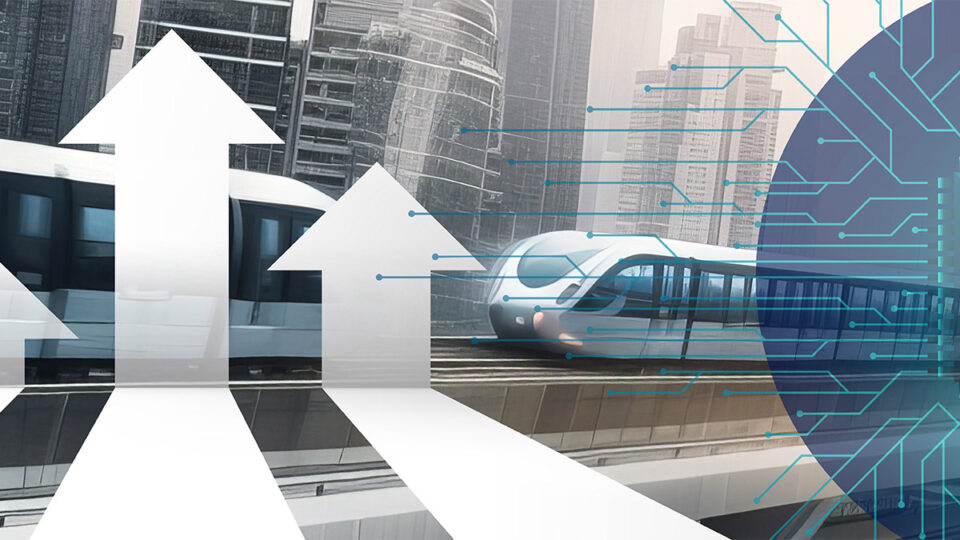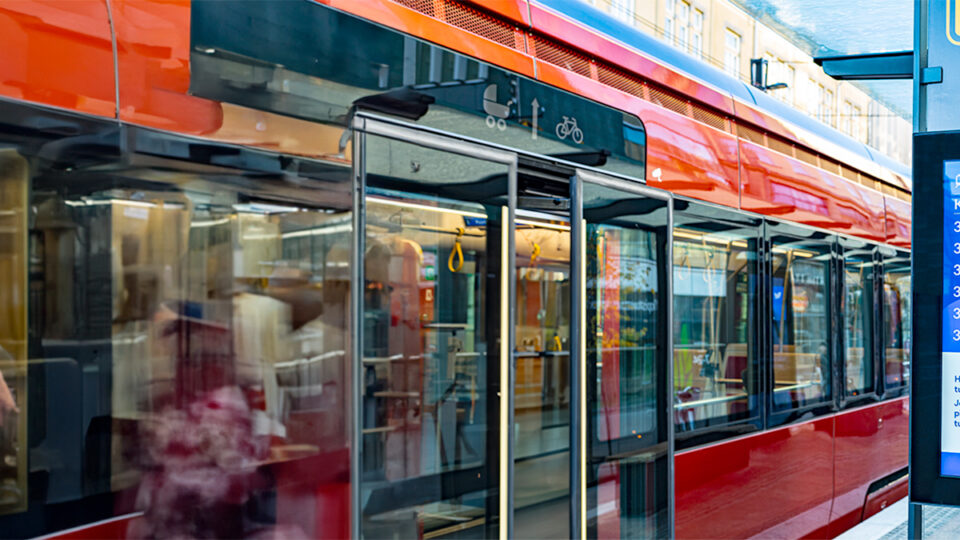
From Sci-Fi to Reality: How Emotional Intelligence Found Its Way into a Tram
A Journey That Began with Skepticism
When the HIPE project (Human-technology Interoperability and Artificial Emotional Intelligence) kicked off in early 2022, few of us could have imagined how far it would go. I still remember hearing about the concept first time back in 2021—emotional intelligence? It sounded more like a sci-fi pitch than a real-world innovation.
Fast forward to today, and we’ve built a working prototype called “Comfort in Tram”—a system that reads passenger emotions in real time and adapts accordingly. The idea didn’t just stay within project walls either. One of Finland’s largest newspapers, featured our Proof-of-Concept on the front page and gave it a full center spread after our live demo at Tampereen Raitiotievarikko.
Watch the video from the event here: https://youtu.be/q2YCRcAlprw?feature=shared
From Concept to Clarity
Once we got past the initial buzzwords and dug into what emotional intelligence could actually mean in a transport setting, our vision became clear. We wanted to make public transport more human-aware—more responsive to how people feel, not just where they go.
We started with rough sketches of possible scenarios. Some were ambitious, others a bit wild. But over time, we refined them into something real—something you could actually imagine happening on a tram.
This vision aligned perfectly with Teleste’s mission to make public transport smart, safe, and smooth. Emotional intelligence became one element that could tie together real-time data, passenger well-being, and operational efficiency.
Key Scenario: Disturbing Behavior
One of the most compelling use cases we developed was the “Disturbing Behavior” scenario. Imagine this: a visibly intoxicated or aggressive individual boards the tram and begins to make others uncomfortable. The system, using onboard cameras and AI-based emotion recognition, picks up on the shift in passenger mood—fear, stress, discomfort.
Here’s what happens next:
- Operator Dashboard: A live video feed is displayed alongside a traffic light-style indicator—green for happy, yellow for neutral, and red for negative emotional states. If the system detects red, it automatically alerts the operator to check the situation.
- Passenger Displays: The content on the in-tram screens changes dynamically based on the emotional state. If stress levels rise, the system can show calming visuals or helpful messages to ease the atmosphere.
This isn’t just about tech—it’s about creating a smart system that senses discomfort, a safe environment that responds to it, and a smooth journey for everyone onboard.
What’s Next?
As the HIPE project wraps up in November 2025, our work doesn’t stop. The ingredients of our Comfort in Tram prototype will continue to evolve as part of our ongoing research, where we’re developing the next generation of passenger-aware services.
HIPE’s broader mission was to explore how emotional intelligence could serve as a new layer of data to improve system performance across various sectors. For Teleste, our focus was on the public transport vertical, aiming to enhance both passenger experience and operational efficiency.
What started as a bold idea has now become a tangible, forward-looking solution—and a perfect example of what it means to deliver smart, safe, and smooth public transport.
Dr. Jani Väre
Dr. Jani Väre
I’m heading innovation activities in Teleste. Passion for innovations and the eternal search for the ‘next big thing’ keeps me going. See my LinkedIn.



